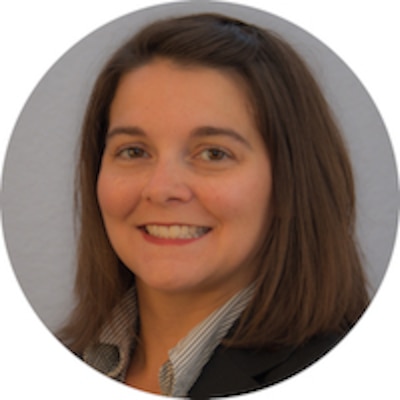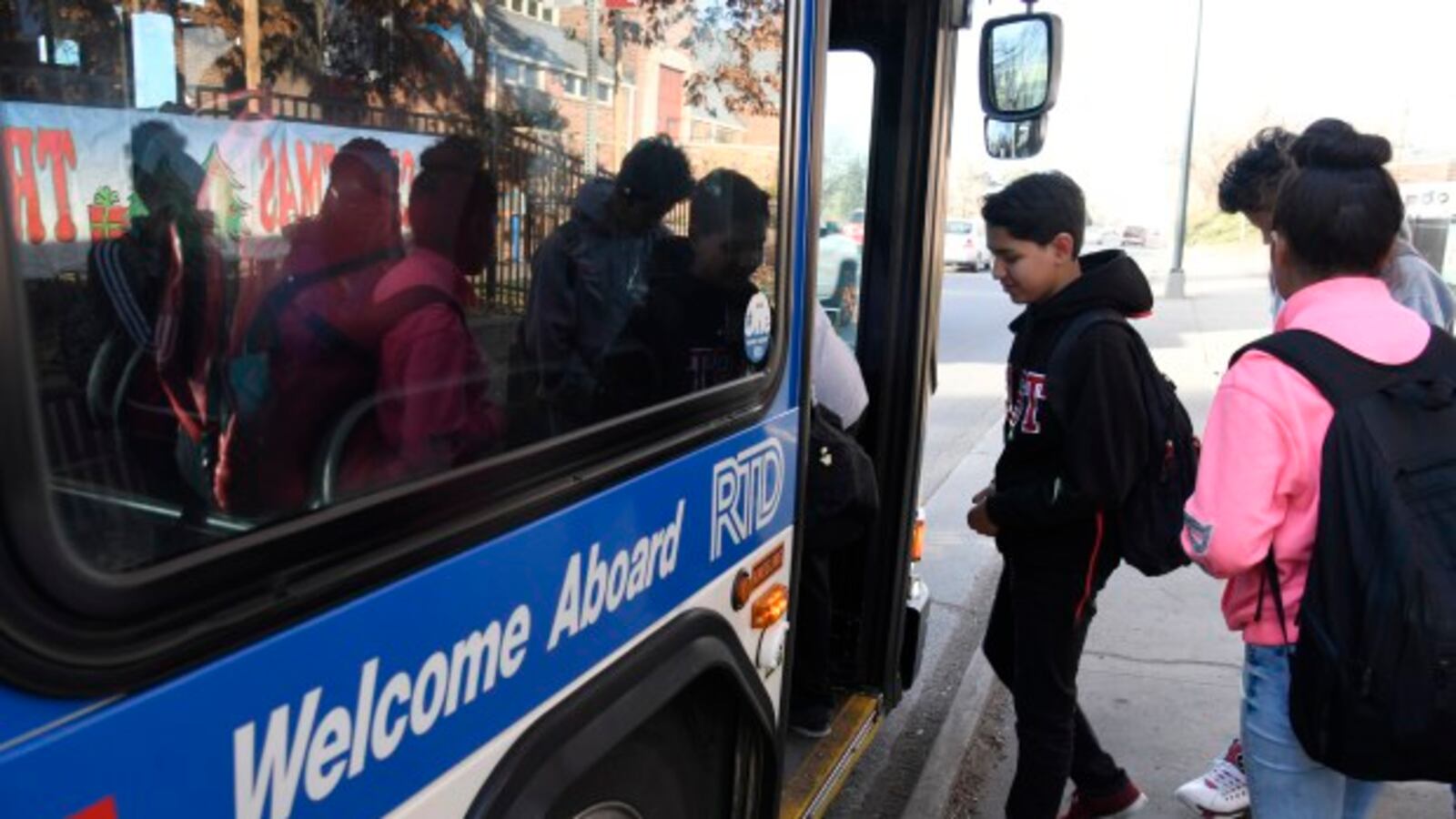My own experience with school transportation was pretty simple: like most kids, I rode the bus.
I didn’t particularly like it, and I don’t look back fondly on the time I spent smelling warm vinyl seats mixed with diesel fuel. But the bus got me to school, and school prepared me for my life as anything I decided to pursue.

I’ve spent the last several years as an educator at Emily Griffith High School, Denver’s very first “intensive pathways” school. The school works with 17- to 21-year-olds who face barriers to education. Housing instability, teen pregnancy, poverty, and myriad other obstacles are commonplace among students.
The school does a lot for its students, but it doesn’t do buses. And I worry every day that the lack of access to transportation is putting more students in a precarious position.
A few data points: Emily Griffith students arrive at its downtown Denver door from 15 different surrounding cities in the Denver metro area, including 53 different ZIP codes. The school’s approximately 400 students come from as far away as Colorado Springs and Idaho Springs, and as near to us as Five Points.
Many of them come from far northeast Denver neighborhoods, where the lack of public transportation results in frustratingly long and sometimes unsafe commutes to school. For some, it involves a two-hour trip of walking, train, and buses. For some, it means just not going to school.
One student told me only a few months ago that when it snows, he doesn’t come to school because it’s too cold to trudge through the snow and wait at stops for buses that are running behind. He didn’t say anything specifically about coats, but I noticed that he never has one.
I know so much about this because three years ago, I had had enough of this problem and began trying to solve it. I collected data with the help of my school principal David Daves and counselor Stacy MacDonald. We polled students. We contacted our city councilman. And we worked within and around the system to problem-solve for our students.
Three years into this process, the school now has a free parking lot for the roughly 20 percent of our student body with vehicles. What it needs now is a district-run, direct bus route for students from the farthest neighborhoods.
Denver Public Schools has said that the school would need a bus-only loading zone on the street outside the school, but the city forbids it in that location. The location and the district bureaucracy have the school stuck.
I’m sharing this experience because I believe, after three years of diligent work, that there must be a solution to this problem. Asking students to overcome great obstacles just to get into the door of our school in the morning is untenable. It further disadvantages an already disadvantaged population.
Without a change, some students will be continue to be unable to attend school, decreasing attendance rates and increasing dropout rates. And the concept of school choice will continue to be a myth for students who don’t have equitable access to that education.
Alizay Furtado is a Uniserv director at the Denver Classroom Teachers Association. She was a teacher at Denver’s Emily Griffith High School from 2013 to 2017. Want to contribute to First Person, which spotlights issues and challenges facing public education through the experiences of people living them out? Find out how here.
About our First Person series:
First Person is where Chalkbeat features personal essays by educators, students, parents, and others trying to improve public education. Read our submission guidelines here.


